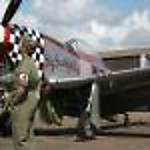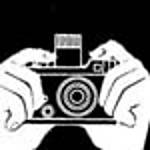There was never any such colour, in official nomenclature, as duck egg green. The first mention, obviously as a response to "What the Hell is Sky?" signals, comes in an Air Ministry signal, which says that "Sky Type S can best be described as a Duck-egg Bluish Green."
Later, at the end of 1940, when it began to appear in Air Ministry Orders, it was described as "duck-egg blue (Sky Type "S")." Although I seem to be on my own, I take the use of lower case letters, for duck-egg blue, to be a description, not a title (when you read Service letters and signals, you become increasingly aware of what sticklers they were for protocol and correct English usage,) which leaves Sky Type "S", with its capital letters, as the name. Later in the war, probably when Type "S" (for Smooth) paints became standard, the name became just Sky.
Since Sky = Camotint = duck-egg blue, you cannot discount it as being too dark, since it was, in fact, very pale, at times almost white. Squadrons, and repair units, were told that they could spray "not more than" two coats of Sky over the existing paint (so you must decide, for yourselves, what effect the underlying black, on the port wing, might have had,) but, due to balance considerations, ailerons were to be stripped of the underside paint, before the Sky was applied.
Edgar






















